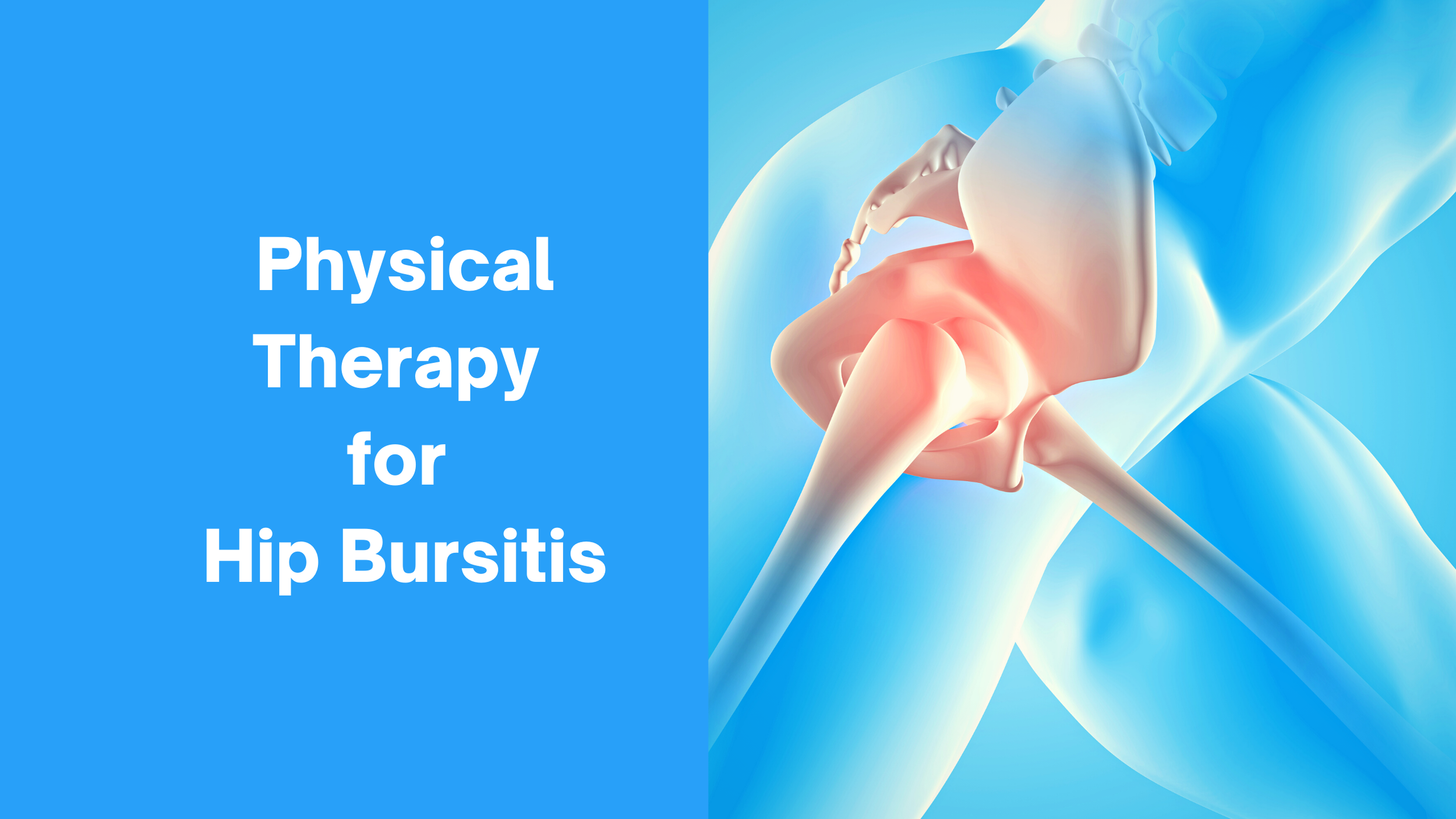Mangiarelli Rehabilitation Physical Therapy Blog
Physical Therapy for LCL Injury
A lateral collateral ligament (LCL) injury occurs when the ligament on the outer side of the knee is overstretched and tears, causing pain, swelling, and knee instability. The LCL, which is a thick band of tissue connecting the thighbone and shinbone, can be injured if the knee is hit on the inside, pushing the knee outward or if the knee straightens too quickly or forcefully, hyperextending and straining the outside of the knee. Most LCL injuries heal with conservative non-operative physical therapy treatment. Physical therapy can reduce LCL injury pain, restore strength and range of motion in the knee, and safely return athletes to their sport through a progressive therapeutic exercise program.
How Exercise Can Prevent & Address Alzheimer’s Disease
Alzheimer’s disease is a progressive neurodegenerative condition that damages brain cells, limits cognitive function, inhibits physical function, and leads to reduced functional independence. It is the most common form of dementia and develops with age, affecting 6 million Americans last year. Exercise can be extremely beneficial not only in preventing Alzheimer’s disease but also in improving symptoms of the disease and slowing cognitive and physical decline in Alzheimer’s patients.
Physical Therapy for Diabetic Peripheral Neuropathy
Peripheral neuropathy is a common complication of diabetes in which nerve function is diminished or lost due to uncontrolled, high blood sugar levels. It is commonly experienced in the hands and feet and can cause feelings of numbness and tingling in the affected limbs, a loss or absence of sensation, burning or sharp pain, and increased sensitivity to touch in the affected area. Physical therapy plays a vital role in helping those with peripheral neuropathy improve and maintain function, enhance overall quality of life, and alleviate symptoms of diabetic peripheral neuropathy.
Physical Therapy for Hip Bursitis
Hip bursitis involves inflammation of the bursae, the small fluid-filled sacs that provide cushioning between the hip bones and the soft tissue of the hip (muscles, tendons, and ligaments). Hip bursitis is most common among middle-aged and older adults and affects women more than men. Physical therapy can effectively treat hip bursitis, reducing pain, addressing muscle-related weakness, and helping patients return to daily activities and sports safely. A physical therapist treats hip bursitis with a combination of stretching, strengthening, and movement retraining to decrease irritation in the hip, improve strength and range of motion, resolve pain, and restore normal function.
Physical Therapy to Address Frailty in the Older Population
Frailty is a common syndrome among older adults that involves loss of muscle strength, exhaustion, low levels of physical activity, and increased risk of falling. Inactivity and the subsequent sarcopenia, or a decrease in the amount and quality of muscle, is a major cause of frailty in older adults. Physical therapy can help those with frailty restore overall mobility, strength, and cardiorespiratory capacity safely through a customized therapeutic exercise, strengthening, and balance training program.
Rheumatoid Arthritis Infographic
Rheumatoid arthritis (RA) is a systemic autoimmune disease that affects the soft tissue around joints, causing joint inflammation and limiting joint function. Physical therapy and exercise can alleviate symptoms and improve function and quality of life in individuals with rheumatoid arthritis. A physical therapist can design a custom treatment and exercise treatment to help RA patients maintain fitness, increase strength to support affected joints, improve range of motion, and maintain the ability to do daily activities.
Female Athlete Triad Physical Therapy
Female athlete triad involves three interrelated conditions: energy availability, bone mineral density, and the menstrual cycle. Energy availability is the cornerstone of the triad as low energy and nutrient deficiencies can lead to the development of low bone density and changes in the menstrual cycle in female athletes. Physical therapy can help to prevent or resolve female athlete triad, screening for triad risk as they treat female athletes, identify signs, address triad-related injuries, and educate athletes on proper health and fitness for their overall health and athletic training.
Physical Therapy for Ankle Impingement
Ankle impingement can occur when either soft or bony tissues are compressed within the ankle joint at the extreme end of a motion, such as pointing the foot sharply downward. This condition commonly affects gymnasts, dancers, runners, and football, soccer, and volleyball players as these activities require either a repetitive kicking motion or repeated extremes of ankle motion in dorsiflexion or plantarflexion. Physical therapy can reduce ankle impingement pain, heal and strengthen the ankle complex, improve overall balance, and help athletes and dancers return to sport and dance safely.
Shoulder Separation Infographic
Check out our infographic on physical therapy for a shoulder separation. Shoulder separations occur when one or more of the ligaments that hold the clavicle and the scapula that form the AC joint become strained or torn. This is a common shoulder injury in football due to the high-contact and tackling nature of the sport. Physical therapy can effectively treat shoulder separations, helping athletes manage pain, restore shoulder mobility, and strength, and return to sport safely.
Exercises After Breast Cancer Surgery
October is Breast Cancer Awareness Month. Breast cancer is the second most common cancer diagnosis and is commonly treated with surgery, such as a total mastectomy or removal of axillary lymph nodes. These surgeries can affect your ability to move your shoulder and arm. It is essential to engage in gentle movement and exercise post-surgery once cleared by your doctor to regain full range of motion, function, and strength in the affected arm and shoulder. Mangiarelli Rehabilitation physical therapy assistant and certified lymphedema therapist Sue demonstrates several exercises you can do after breast cancer surgery to restore shoulder and arm function.
Treating Vestibular Disorders with Vestibular Rehabilitation Therapy
Vestibular dysfunction refers to an impairment of the structures of the inner ear that affects your balance and spatial orientation. When the vestibular system is not working properly, the brain does not receive correct information about head motion and movement from the vestibular nerves, which can result in dizziness, vertigo, lack of balance, spatial disorientation, and frequent falls. Vestibular dysfunction can be treated with vestibular rehabilitation therapy, which involves manual head maneuvers and progressive exercises to improve gaze and gait instability, reduce head motion-induced dizziness and fall risk, improve fitness, and enhance functional visual skills.
Physical Therapy for Snapping Scapula Syndrome
Snapping scapula syndrome involves popping, grating, grinding or snapping of bones and tissue in the shoulder blade when lifting or moving the arm. It is most common in young, active people who perform repeated overhead movements. Physical therapy is an effective way to treat snapping scapula syndrome, reducing pain and soft tissue inflammation and addressing loss of motion and muscle weakness through therapeutic exercise, strengthening, and manual therapy.
Debunking 10 Physical Therapy Myths
October 1 marks the start of National Physical Therapy Month, a month to celebrate the dedication of each of our physical therapists and physical therapy assistants at Mangiarelli Rehabilitation and provide education on the field of physical therapy. Our focus at Mangiarelli Rehabilitation is to provide evidence-based, patient-centered rehabilitative care that is customized to each patient’s specific needs, condition, and goals. However, there are quite a few misconceptions about physical therapy. Check out our infographic debunking 10 physical therapy myths!
Physical Therapy for Tennis Elbow
Tennis elbow is one of the most common elbow injuries that results from overuse of the muscles of your arm and forearm. It occurs in the tendons that attach your muscles to the rounded projection of bone on the outside of the elbow, causing radiating pain from the outside of the elbow to the forearm and wrist. Tennis elbow normally develops gradually over weeks and months due to repetitive use of the wrist, hand, arm, and elbow over time. Physical therapy is an effective treatment for tennis elbow, helping patients build muscle strength, regain function in the elbow and forearm, and manage pain.
Physical Therapy for Spinal Stenosis
Spinal stenosis is a degenerative condition of the spine that involves narrowing of the openings within the vertebrae of the spinal column that results in too much pressure on the spinal cord and nerves, causing pain and weakness in the low back. Spinal stenosis can develop after the age of 50 due to the effect of aging and osteoarthritic wear and tear on the spine and spinal vertebrae. Physical therapy provides an effective treatment for spinal stenosis, helping patients regain function, mobility, and strength in their low back and relieving compression of the spinal nerves.
Managing Chronic Pain with Exercise
Chronic pain affects up to 28% of American adults each year and is one of the most common reasons adults seek medical care. Chronic pain develops when the nerves that communicate pain to the brain become hypersensitive, causing the brain to perceive that area of the body as a potential threat and therefore painful beyond the normal healing timeframe. Exercise is an effective way to manage chronic pain by building muscle strength, reducing pain sensitivity, and improving mobility through targeted strengthening, low-impact aerobic exercise, stretching, and aquatic therapy.
Return to Work vs. Return to Sport
Return to work and return to sport programs share the same goal: that the worker and athlete can safely return to work or athletic competition and can meet the demands of the job or sport with sufficient strength, power, and endurance. Physical therapists play a key role in helping injured workers and athletes recover from injury and prepare for a successful return to the job or sports field through a gradual, progressive RTW or RTS training program and objective testing. Rehabilitation for return to work (RTW) and return to sport (RTS) is customized to the patient’s specific needs, duties, and necessary skills to ensure the patient can succeed upon their return to work or sport.
Treating a Quadriceps Strain with Physical Therapy
Quadriceps strains are common in sports like soccer, football, and rugby that require sudden, forceful eccentric contractions of the quadriceps when performing a rapid or powerful knee extension, such as when kicking, jumping, or sprinting. The quadriceps are a group of four powerful muscles that are located at the front of the upper thigh that are responsible for knee extension. Through a structured rehabilitation program, physical therapy can help athletes recover from a quadriceps strain safely, helping them regain normal muscle length, strength, and control, reduce pain, and improve running and kicking technique to reduce the risk of future injury.
Improving Your Posture with Physical Therapy
Mangiarelli Rehabilitation physical therapist Sarah demonstrates several stretches and exercises you can do to improve your posture. Good posture refers to proper alignment of the body in both static and dynamic positions, holding the body against gravity with the least strain and tension on your muscles, joints, and ligaments. Proper posture keeps your bones and joints in optimal alignment and decreases wear and tear on them. Physical therapy can help you improve your posture through targeted stretching, strengthening, manual therapy, and posture training.
Physical Therapy for a Shoulder Separation
A shoulder separation, or AC joint injury, involves a strain or tear of the ligaments of the joint that result in some form of separation between the clavicle and acromion. Shoulder separations are common among young male athletes who participate in high-contact sports like football and rugby. Physical therapy is an effective treatment for AC joint shoulder separations, helping to manage pain, restore shoulder mobility and strength, and return to sport and work safely through a progressive four-phase rehabilitation program.































